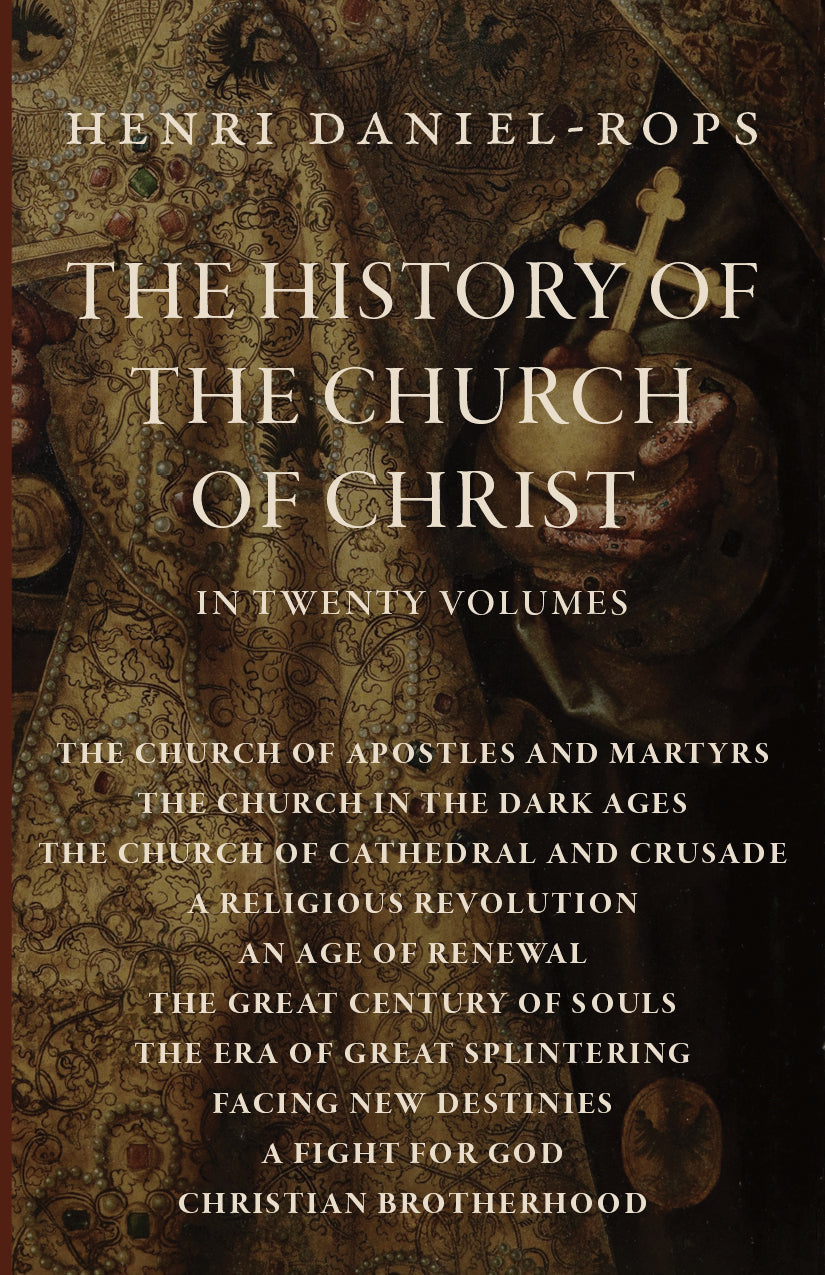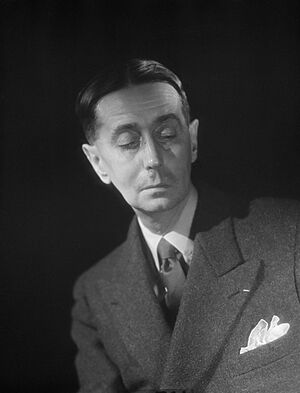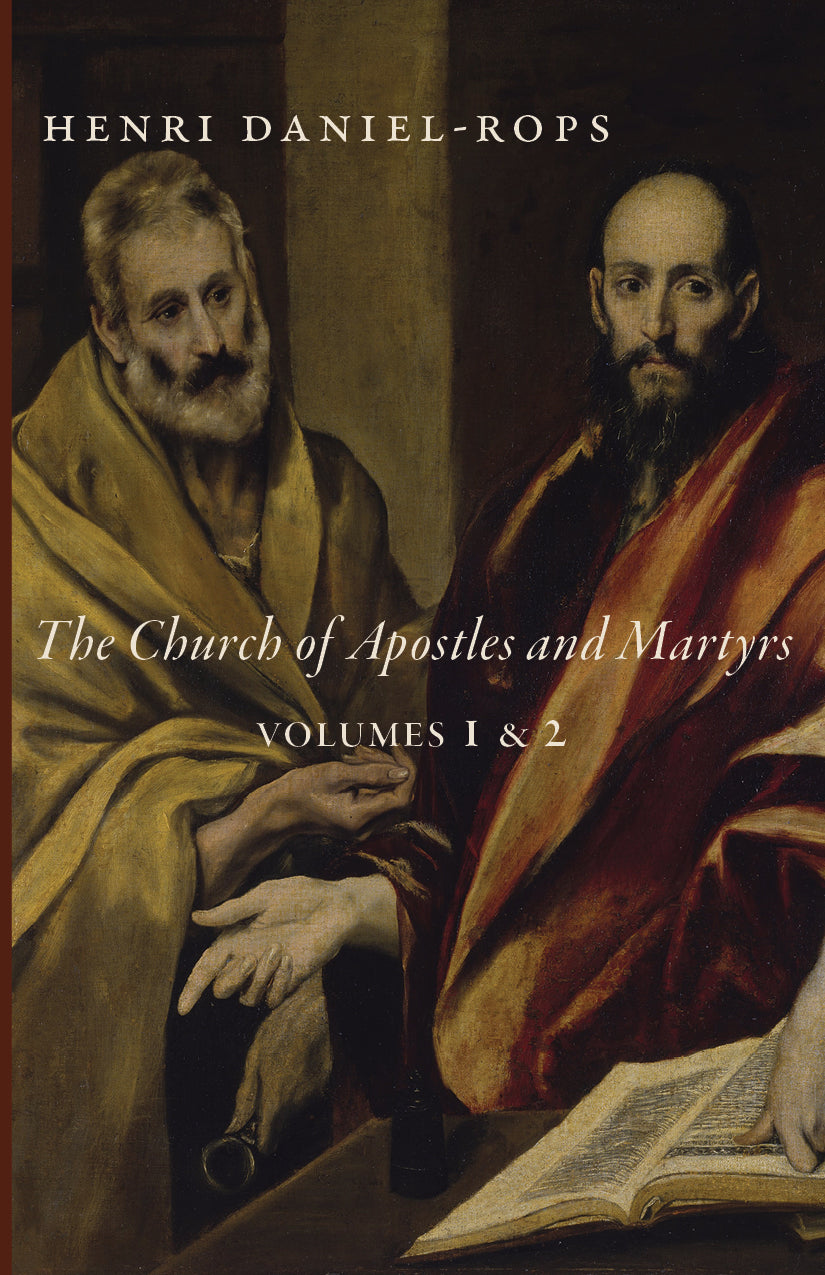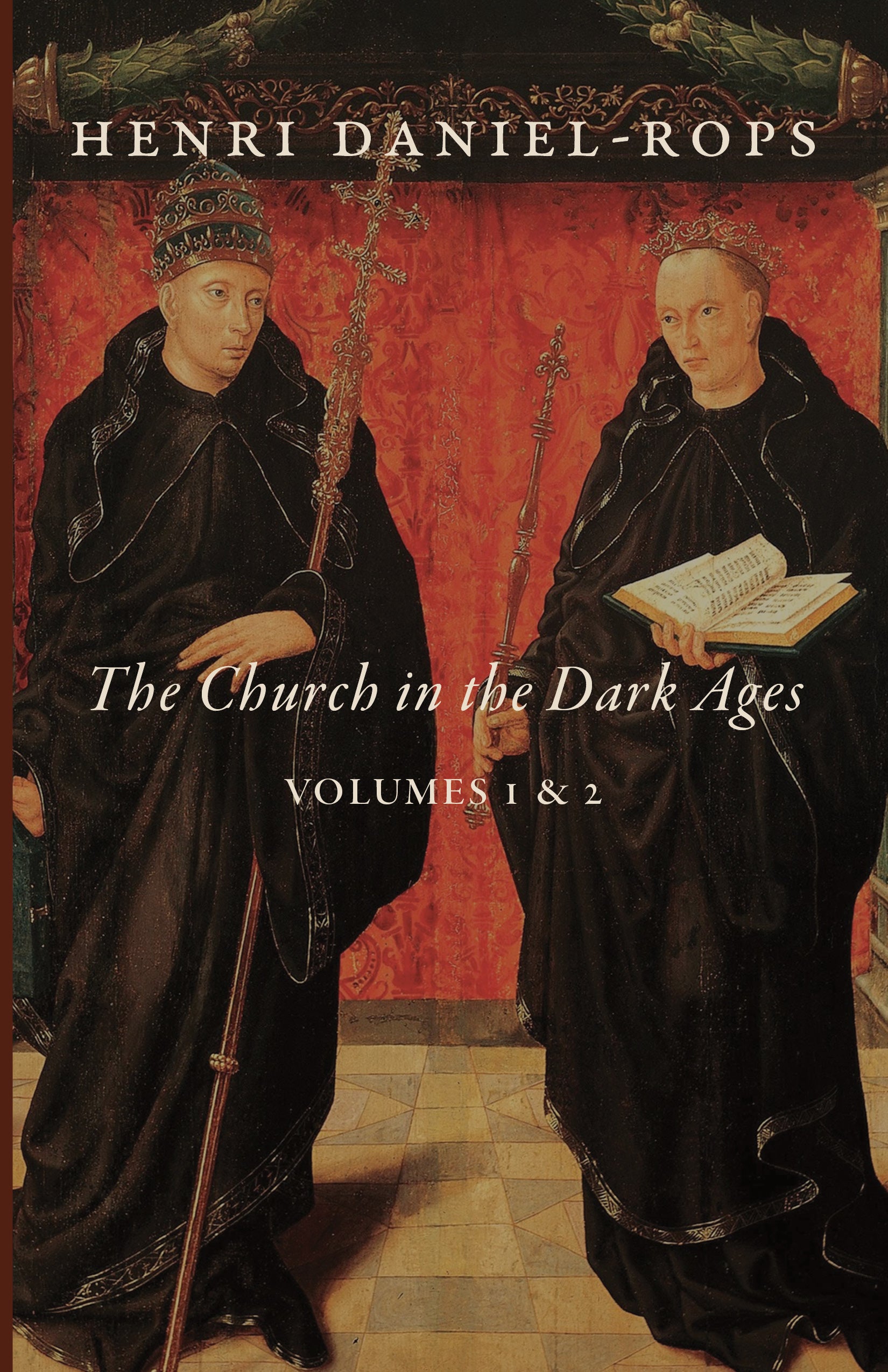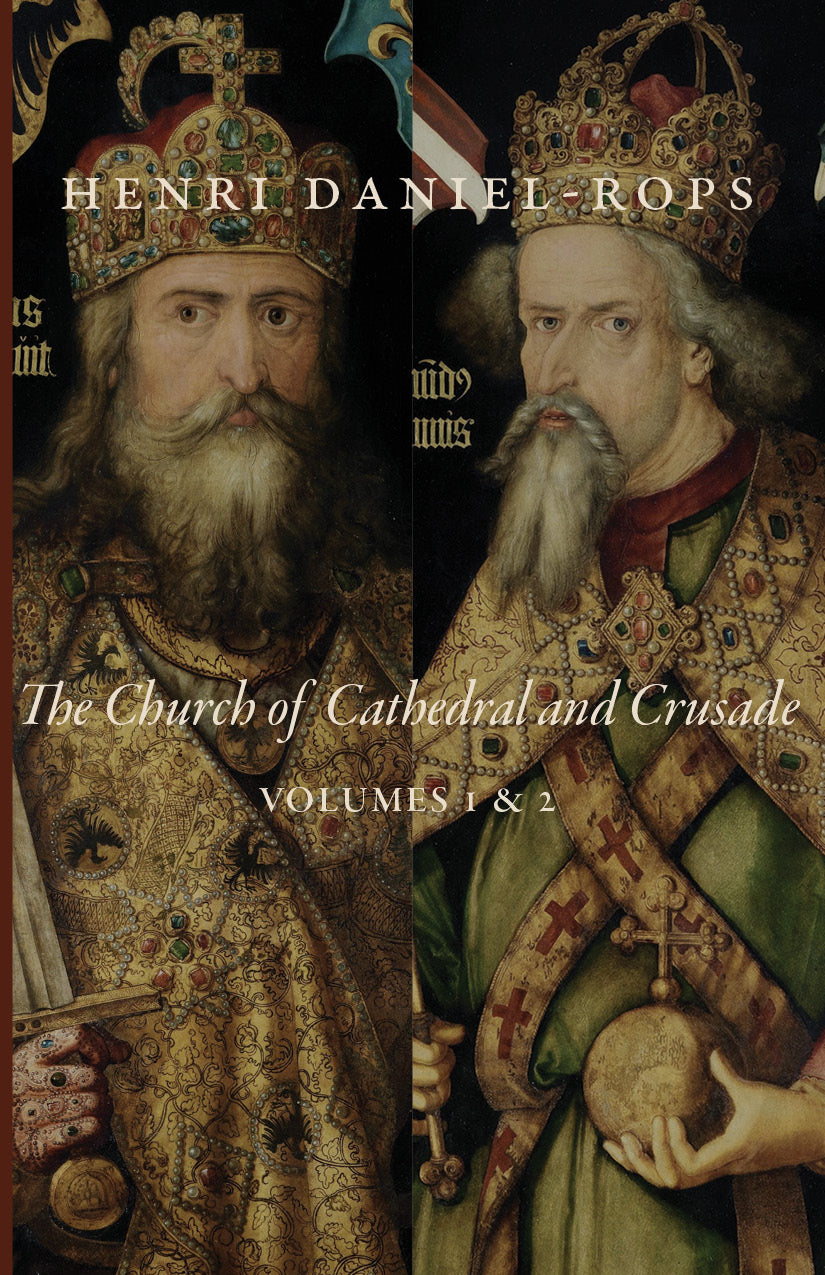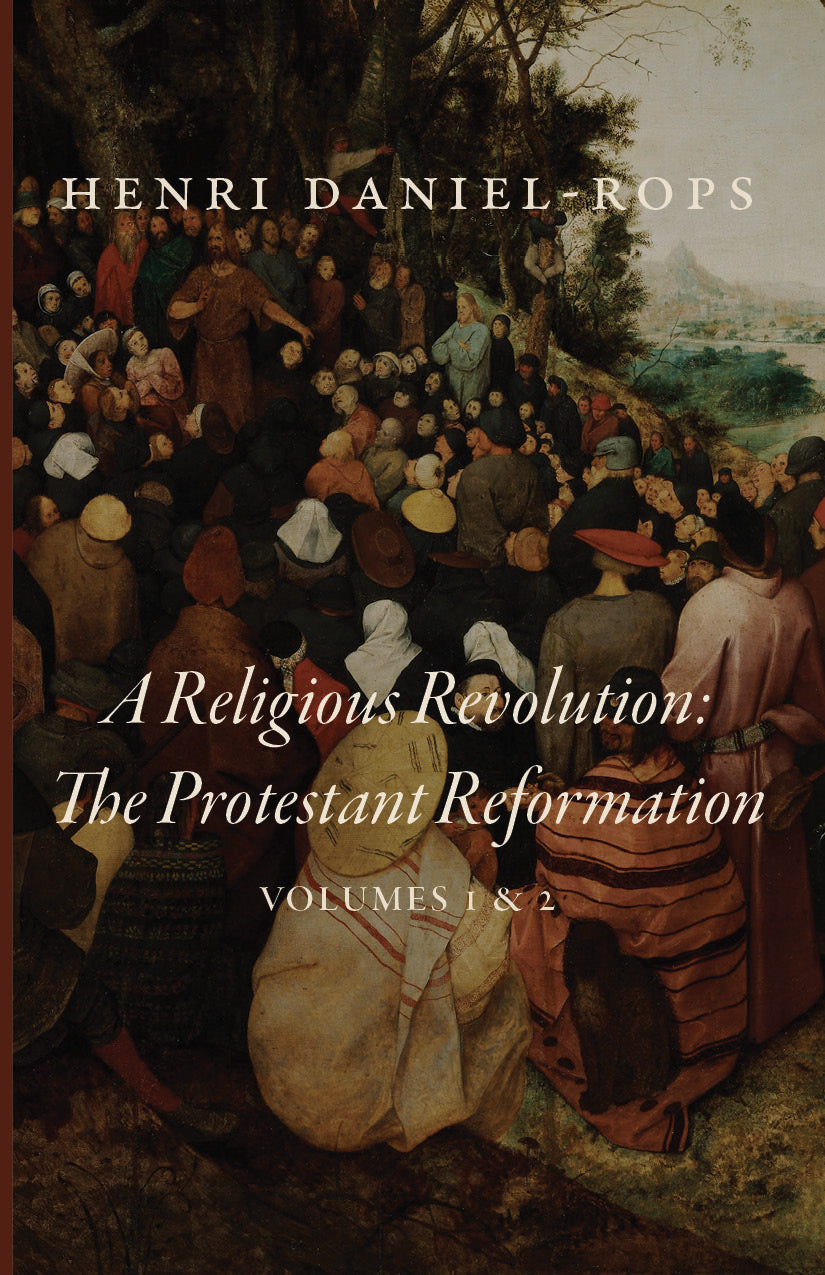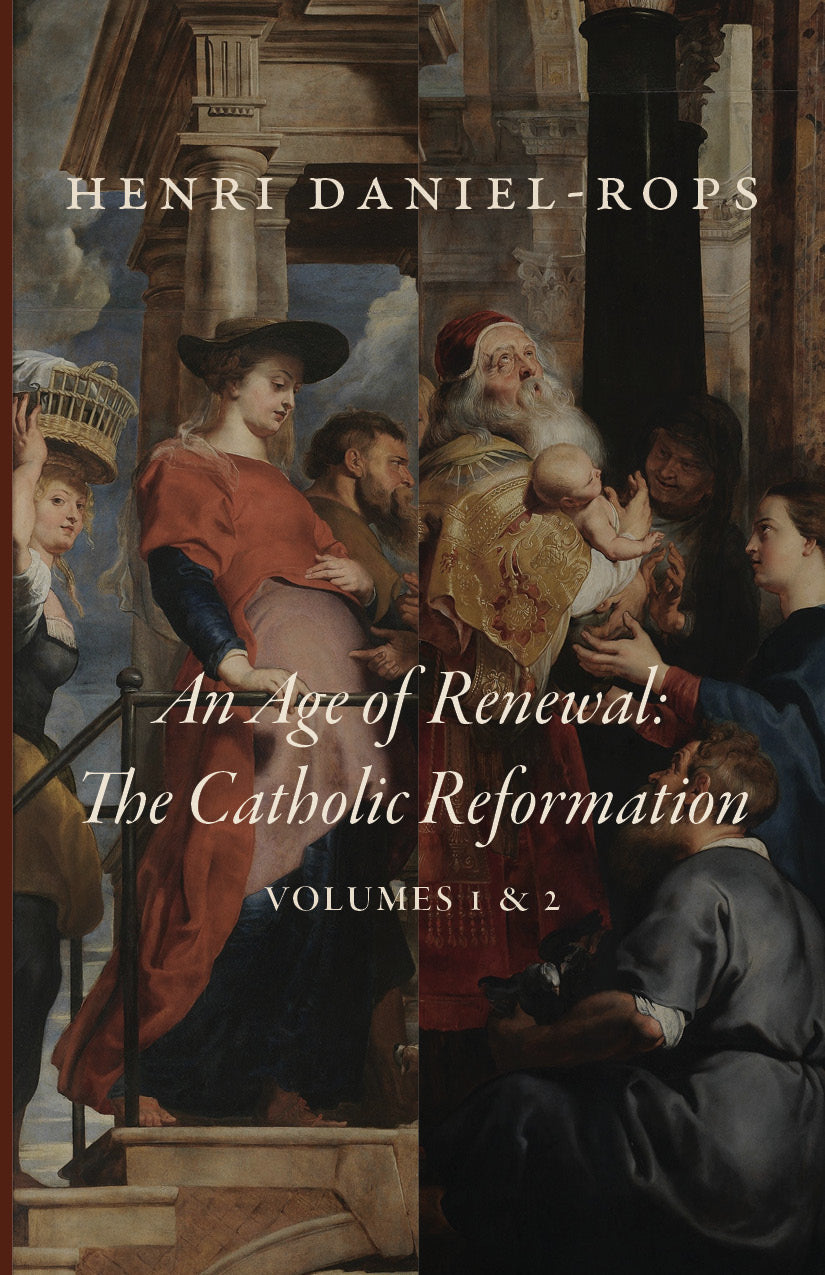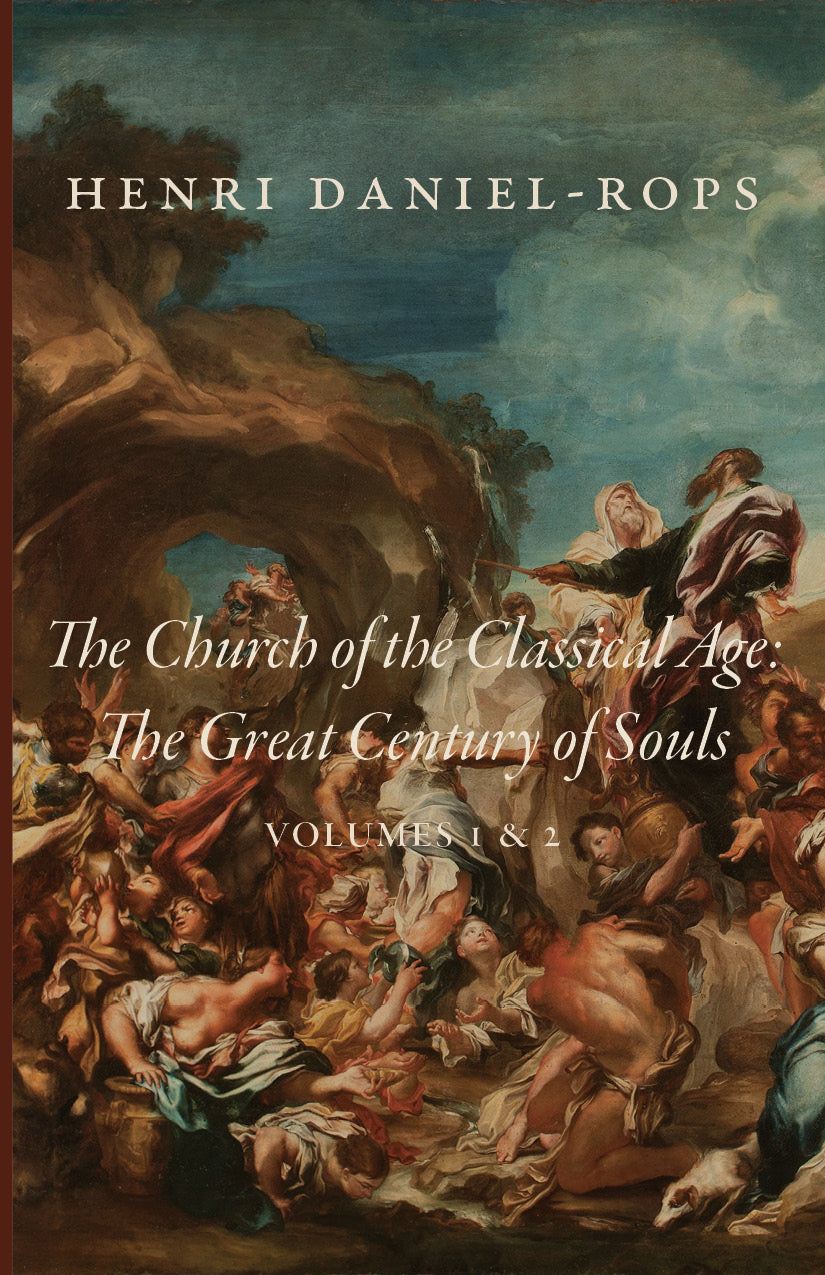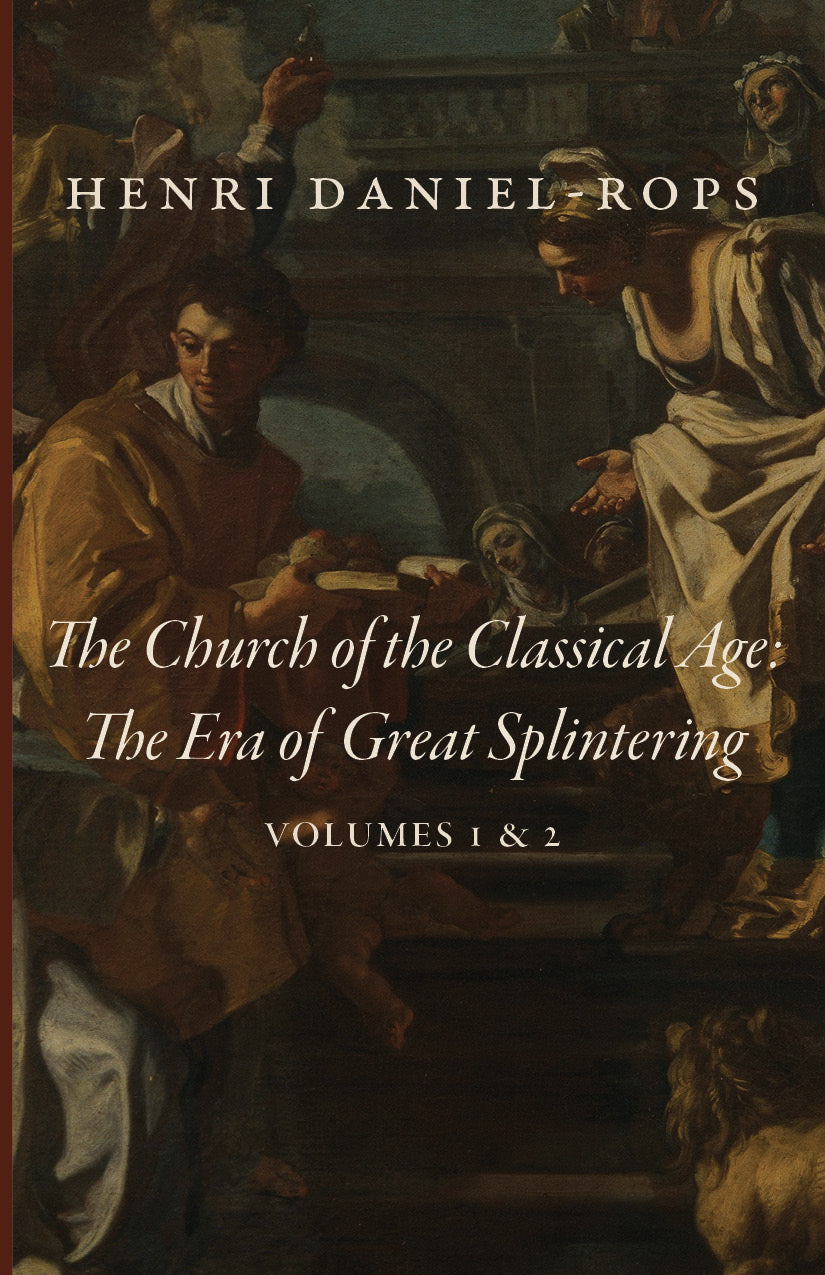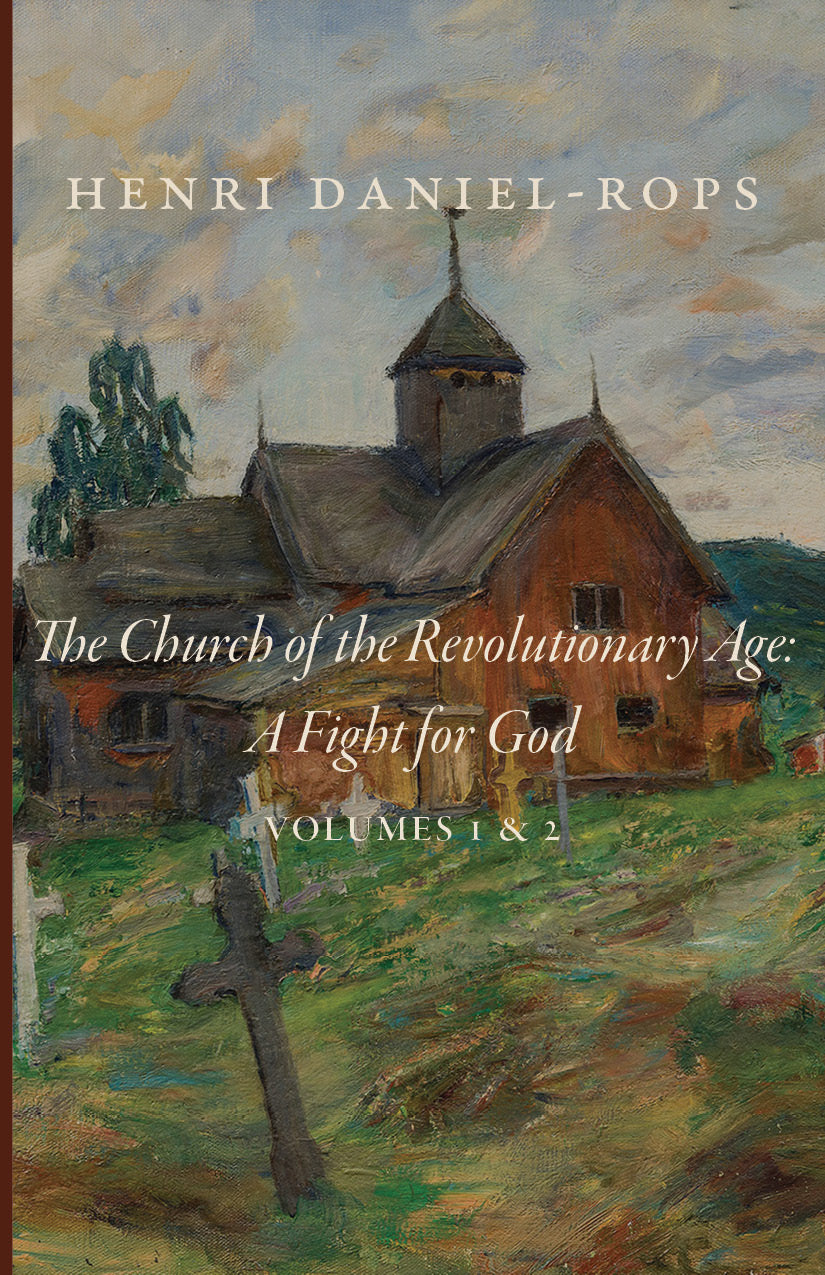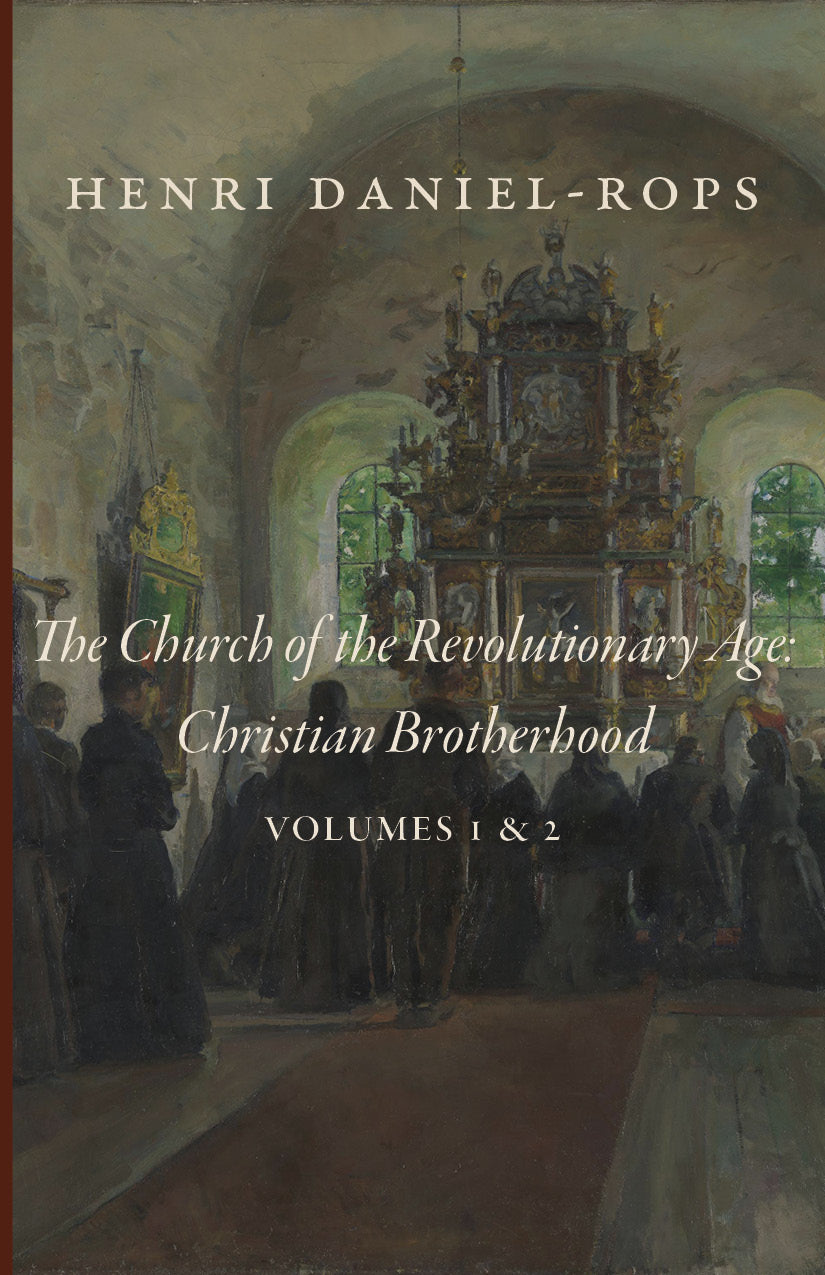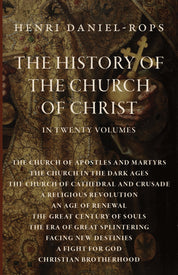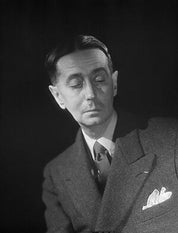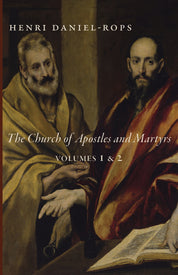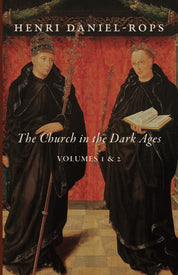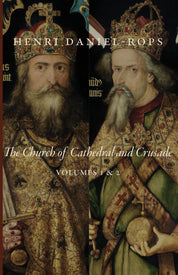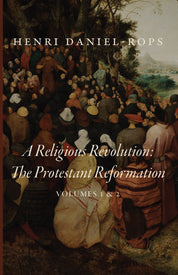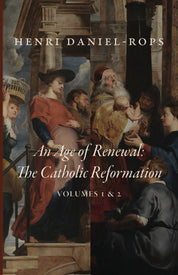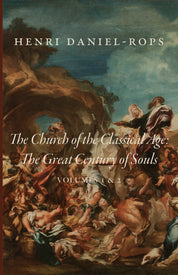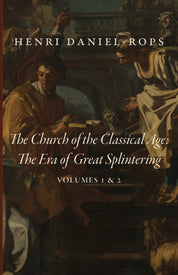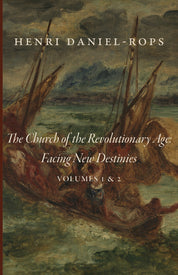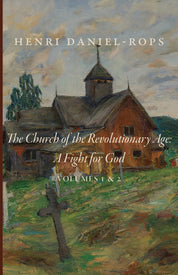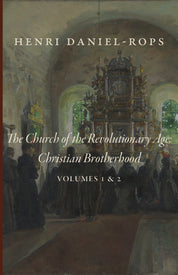The History of the Church of Christ
By Henri Daniel-Rops
(NB: Product contains twenty individual volumes.)
Henri Daniel-Rops' monumental, ten-book History of the Church of Christ spans the apostolic age to the opening of the Second Vatican Council.
Book One (2 vols.)—The Church of Apostles and Martyrs offers an outstanding overview of the spread of the Gospel and the way of life of the first Christians in their original witness to the Good News. Indeed, what Daniel-Rops writes in reference to the Acts of the Apostles and its author might well be applied to himself and The Church of Apostles and Martyrs: “This book was not written with any intention of satisfying the curiosity of the future historian, but simply in order to exalt the faith. And yet, within the limits which it voluntarily sets itself, what an incomparable witness it is! No one who reads it can remain unmoved by it.”
Book Two (2 vols.)—The Church in the Dark Ages is a magnificent presentation of six centuries of Church history that proves the aptness of the term les temps barbares. From 400 A.D. to 1050 A.D., the world endured—in Rops’ eloquent phrasing—“a night in which humanity seemed to be groping blindly amid the bloody confusion of today and the anguish of the morrow. Only the Church, guided by a transcendent ambition, pursued her course unwaveringly, and in working to her own supernatural ends she became the most effective means of ensuring the salvation of civilization.
Book Three (2 vols.)—The Church of Cathedral and Crusade presents Christendom in “the springtime of its youth” in which it “built the cathedrals, compiled the summae, embarked on the crusades, spread and intensified the Gospel message; while the Church’s power reached heights hitherto unexplored, and she herself became the guide of human thought.” The cause of this incomparable creativity? Simply, on Daniel-Rops’ studied assessment, that “from the lowest to the highest, society believed.”
Book Four (2 vols.)— A Religious Revolution: The Protestant Reformation is a superb presentation of the tumultuous years of 1350–1564, bringing to life an epoch in which “everything everywhere was changing and falling apart; systems opposed systems, new dogmatisms clash with old; rigid formulae only half conceal uncertainty and anguish; the whole of human activity held increasingly fast in the grip of an indefinable kind of agonizing fermentation.”
Book Five (2 vols.)—An Age of Renewal: The Catholic Reformation is a brilliantly adroit account of the years 1500–1602, illuminating that period in which the Church—in the same heroic spirit of the Gregorian, Cluniac, or mendicant reforms—enacted “the rediscovery of living Tradition,” an endeavor “undertaken for God, for Jesus Christ, as a protestation of unwavering loyalty.”
Book Six (2 vols.)—The Church of the Classical Age: The Great Century of Souls is a vividly detailed and unfailingly interesting account of an age in which the Faith was the celebrated norm and the human soul the universally accepted seat of all ambition, passion, and achievement. That strange phrase, “Great Century of Souls,” captures perfectly the spirit of that epoch of saints and sinners.
Book Seven (2 vols.)—The Church of the Classical Age: The Era of Great Splintering witnesses the eighteenth-century Church—and, indeed, the world—standing upon the knife’s edge; “stray but a little” and they would fail. Daniel-Rops chronicles the steps (and mis-steps) that brought the Church into the harsh light of the scaffold and reveals the grace which empowered her to “preserve her loyalties intact.”
Book Eight (2 vols.)—The Church of the Revolutionary Age: Facing New Destinies chronicles the epoch of 1789 to 1870, which had opened with the fratricidal fanfare of revolution and in which the Church faced a seemingly endless succession of perils. Presented in arresting detail and with dramatic flair by Daniel-Rops, the evidence proves that those dangerous afflictions were “as pruning is to a tree.” And thus pruned, “the Church in an age of revolution became a Church of sanctity.”
Book Nine (2 vols.)—The Church of the Revolutionary Age: A Fight for God surveys a singularly unhappy age, alight with the blaze of revolution and war. The years 1870 to 1939 witnessed wave after wave of assault upon Christ and his Church. Lavish in detail, vigorous in analysis, and dramatic in telling, Daniel-Rops offers proof positive of Christ’s promise that the Church is built firmly upon rock, and the powers of death and gates of hell shall not prevail against it.
Book Ten (2 vols.)—The Church of the Revolutionary Age: Christian Brotherhood explores the complex phenomenon of the “separated brethren”—all those who believe in and follow Jesus Christ, but are not in communion with the one, holy, catholic and apostolic Church. Christ prayed that his followers may be one. Yet the history of his Church bears witness to the dreadful words of the Prophet Zechariah: “Strike the shepherd, and the sheep shall be scattered.” With justice to his formidable and sensitive subject, Daniel-Rops gives an absorbing account of the successes and failures of the sheep to be no longer separated, but unified in faith.

